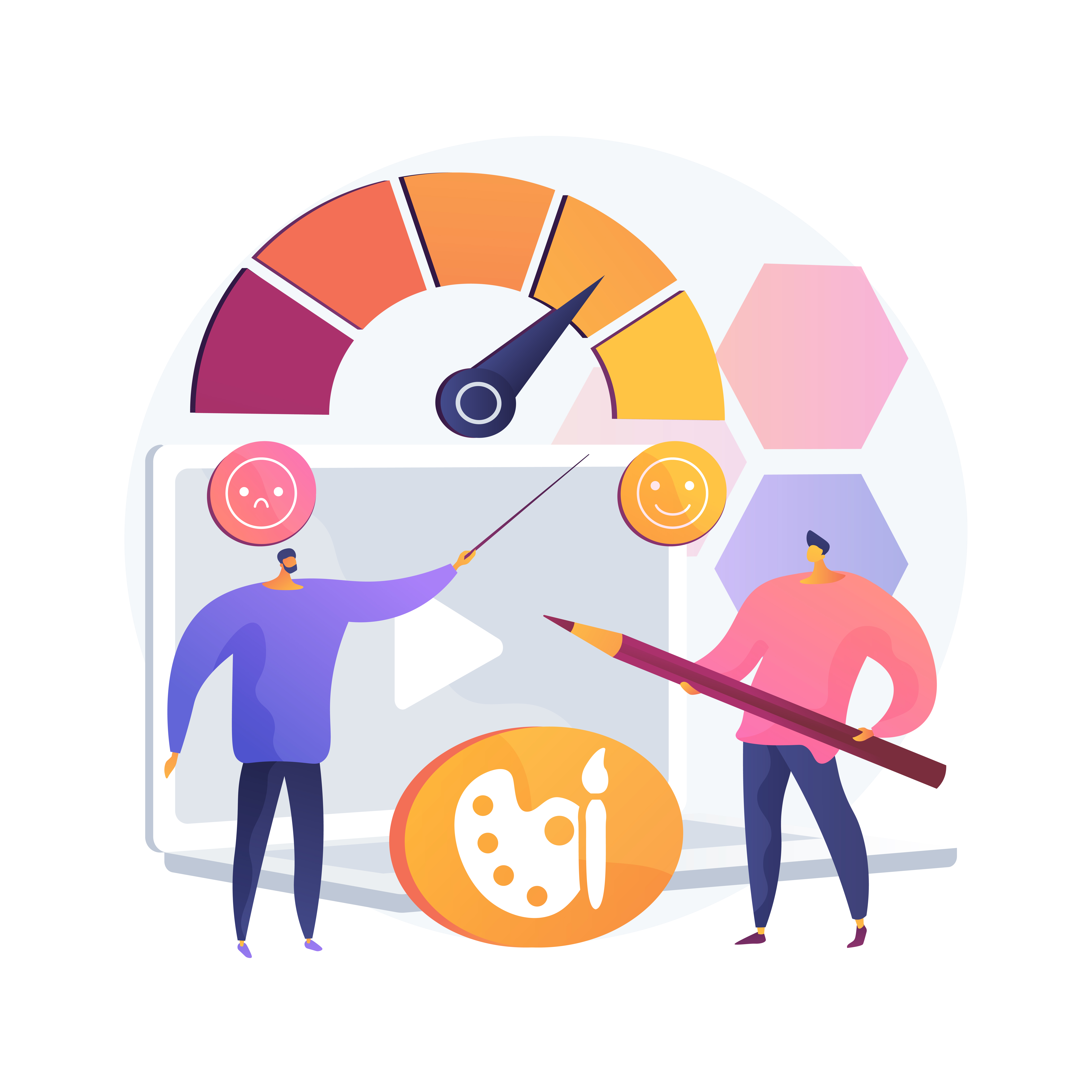Running a successful online store isn’t just about driving traffic—it’s about understanding how much it costs to turn a visitor into a paying customer. Customer Acquisition Cost (CAC) is a critical metric that reveals the efficiency of your marketing efforts and directly impacts profitability. In this blog, we’ll break down CAC, explain how to calculate it, and show how to integrate it into your financial plan.
What is Customer Acquisition Cost (CAC)?
CAC is the total expense your business incurs to acquire one new customer. It includes all marketing, advertising, and sales-related costs divided by the number of customers gained in a specific period. Understanding CAC helps you:
-
Evaluate the ROI of marketing campaigns.
-
Set realistic budgets for growth.
-
Identify opportunities to optimize spending.
Breaking Down CAC Costs
CAC isn’t just about ad spend—it’s the sum of all direct and indirect costs tied to acquiring customers. Key components include:
-
Advertising Expenses: Google/Facebook ads, influencer collaborations, etc.
-
Marketing Team Salaries: Wages for staff managing campaigns.
-
Software/Tools: Email marketing platforms, analytics tools, or CRM systems.
-
Content Creation: Blog posts, videos, or social media content.
-
Affiliate/Referral Fees: Commissions paid to partners for referrals.
How to Calculate CAC
The formula is simple:

Example:
-
Total monthly acquisition costs = 5,000(ads:5,000(ads:3k, salaries: 1.5k,tools:1.5k,tools:500).
-
New customers acquired = 250.
-
CAC = 5,000/250=∗∗5,000/250=∗∗20 per customer**.
Common Mistakes to Avoid
-
Ignoring Hidden Costs: Omitting salaries or software fees understates CAC.
-
Not Segmenting Data: CAC may vary by channel (e.g., social ads vs. SEO). Track them separately.
-
Forgetting Timeframes: Compare monthly or quarterly CAC to spot trends.
Integrating CAC into Your Financial Plan
-
Forecast CAC: Use historical data to predict future costs as you scale.
-
Budget Allocation: Allocate more funds to channels with lower CAC.
-
Link CAC to LTV: Calculate Customer Lifetime Value (LTV) to ensure profitability.
-
A healthy LTV: CAC ratio is 3:1. If LTV is 60 and CAC is 20, you’re on track.
-
5 Strategies to Optimize CAC
-
Improve Conversion Rates: Use A/B testing to refine landing pages and ads.
-
Leverage Retargeting: Re-engage visitors who didn’t convert initially.
-
Boost Organic Traffic: Invest in SEO and content marketing for lower-cost leads.
-
Launch Referral Programs: Encourage existing customers to refer others.
-
Focus on Retention: Loyal customers have a $0 CAC—email campaigns or loyalty rewards help.
Final Thoughts
CAC is more than a number—it’s a lens to evaluate the sustainability of your growth. By regularly tracking and optimizing CAC, you’ll make smarter financial decisions, allocate resources effectively, and build a profitable online store.
Pro Tip: Revisit your CAC calculations quarterly and adjust strategies based on performance. The lower your CAC, the higher your margins!
-
CAC = Total Acquisition Costs / New Customers.
-
Include all costs: ads, salaries, tools, and content.
-
Aim for LTV:CAC ≥ 3:1.
-
Optimize through testing, retention, and organic growth.

